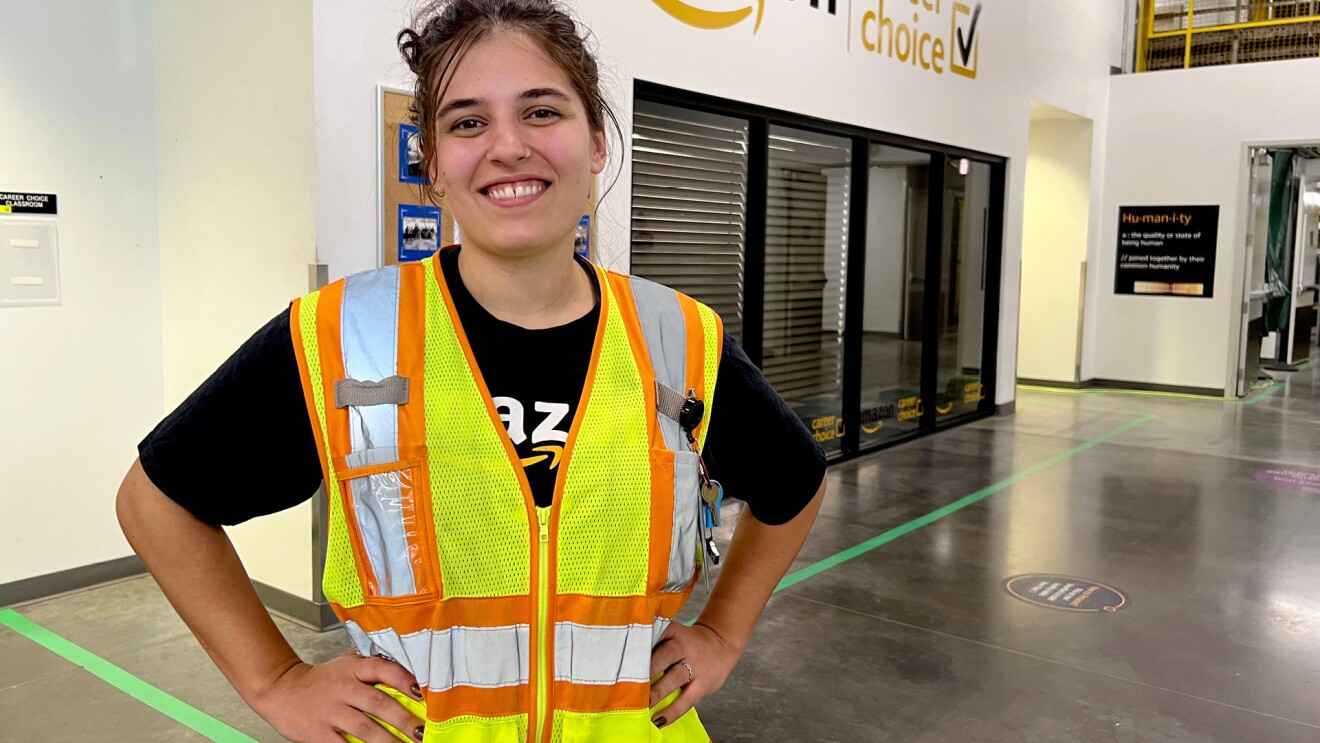Page overview
Learn new skills (even if you’re not sure how you might use them)
I have collected skills like someone else might collect shoes. Each time I was offered a new opportunity, it came at a time I didn’t expect it. I think that was because I have always focused on my current role, and gaining as many new skills as possible. You never know how they might be used down the line.
When I was in tech support, I focused on troubleshooting. That made me more curious and a better problem solver. When I got an opportunity to join the Customer Experience Business Insights team, I didn’t think my tech support skills would translate, but they were invaluable for identifying customer experience opportunities in digital products and services.
One mentor won’t have all of your answers. Instead, I have cultivated a network of many people for honest feedback and advice. I have never worked with smarter people in my life and everyone has their areas of strength. So, learning a little from as many people as possible can make you a much more well-rounded individual.
When I was offered my first role on the Customer Experience Business Insights team, I didn’t even know what it was. A former colleague on the team told me a tech support background would help, and I decided to take the plunge.
I didn’t worry about all the reasons—and there were plenty—that I wouldn’t be good at the role, or that I wasn’t ready. I just did it and focused on what a great chance I had in front of me to learn something new. I have never regretted that.
Then there was the first doc I ever wrote. Amazon is known for its heavy writing culture where we narratively structure six-page memos instead of PowerPoint presentations to structure meetings. I had never written a six-pager before, and as a new member of the Customer Experience Business Insights team, this was going to be a focus of my new job.
When I got it back after an initial round of feedback, it was more red with markups than black. But I kept practicing, writing more and more, and learning from others’ feedback and support. I learned to write simply and concisely, getting to the point quickly without flowery language.
I questioned myself going into the role, asking if I could really do this. But I knew with practice and support, I would improve, and today I am a much better writer than I was before, which is the whole point and what has made my entire career so amazing—the chance to grow and be challenged all the time.
Learn more from leaders at Amazon:
- I'm an Amazon VP who's grown with the company for 12 years. Here are my top 5 leadership tips for managers.
- I’m an HR executive at Amazon. These are 5 lessons I’ve learned about leading successful, inclusive teams.
- I'm a leader on Amazon's Last Mile Delivery team. These are 6 lessons I've learned in my career.










